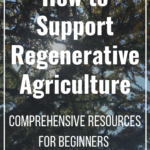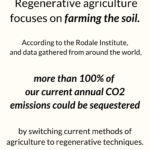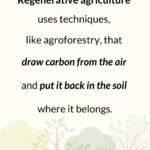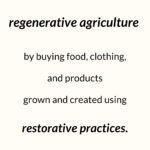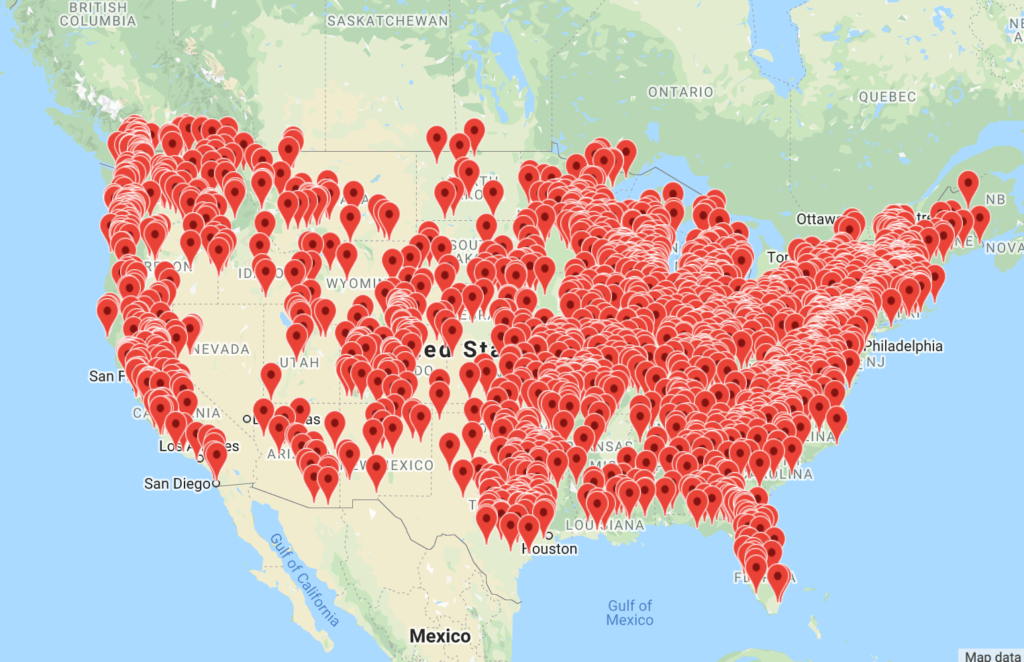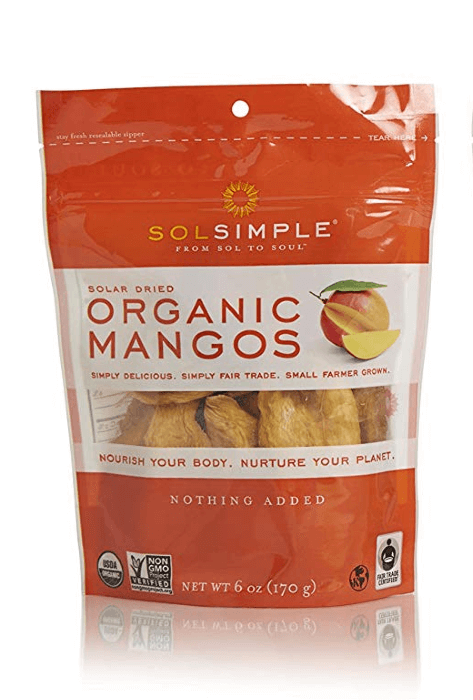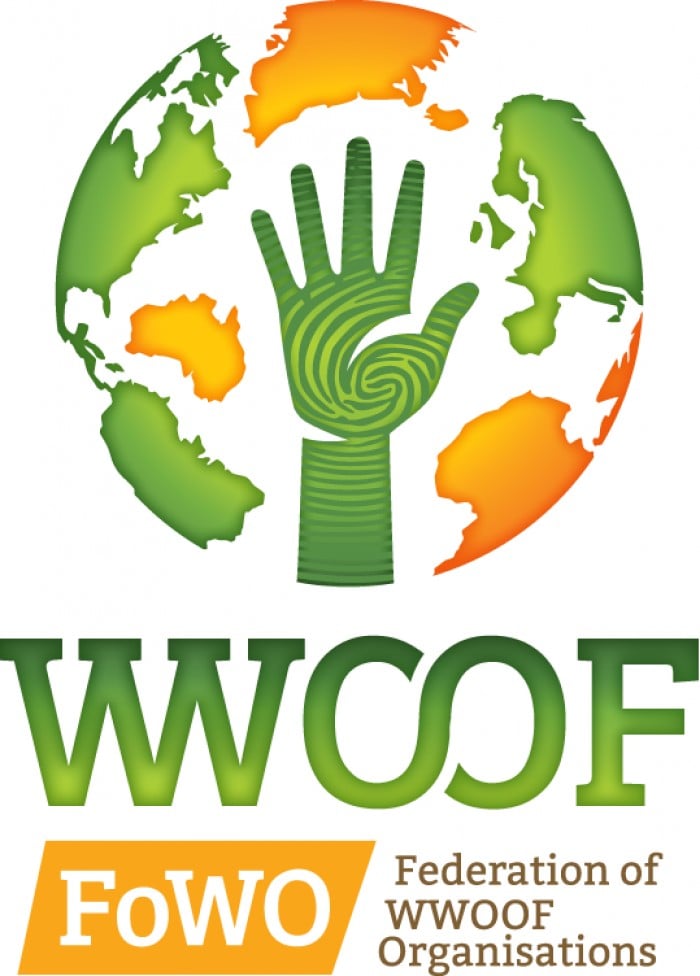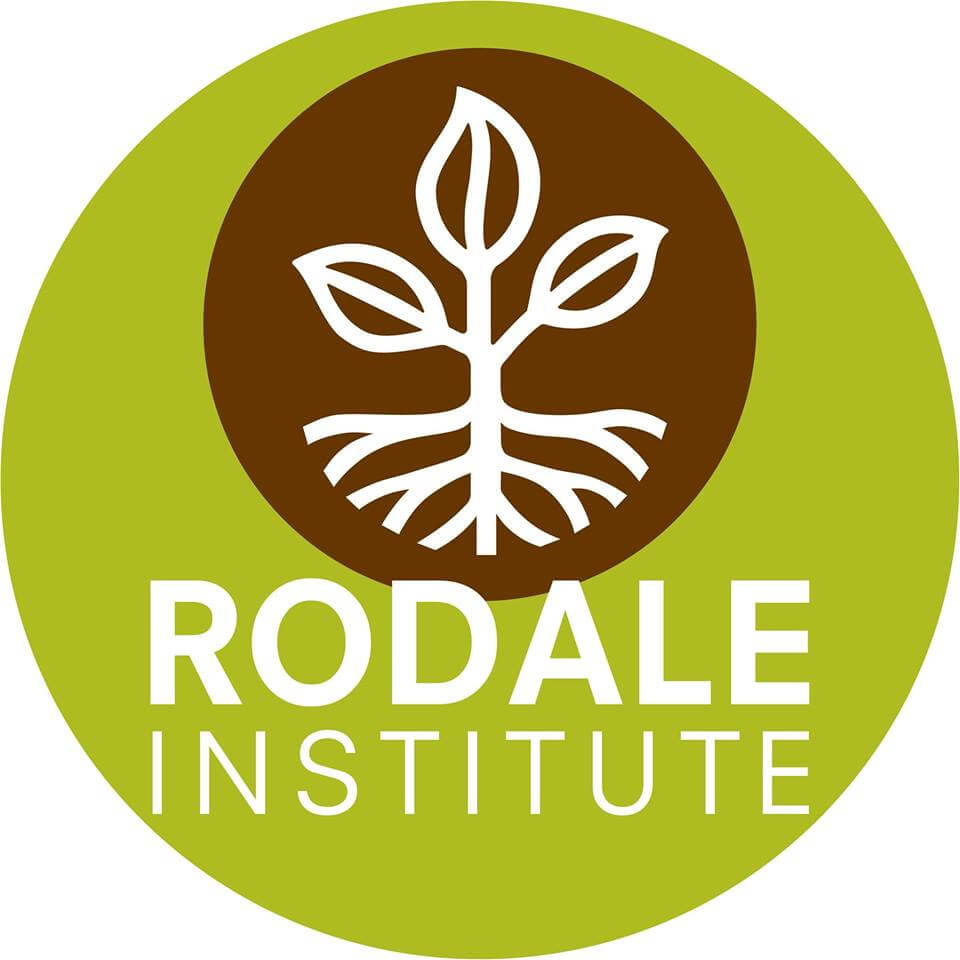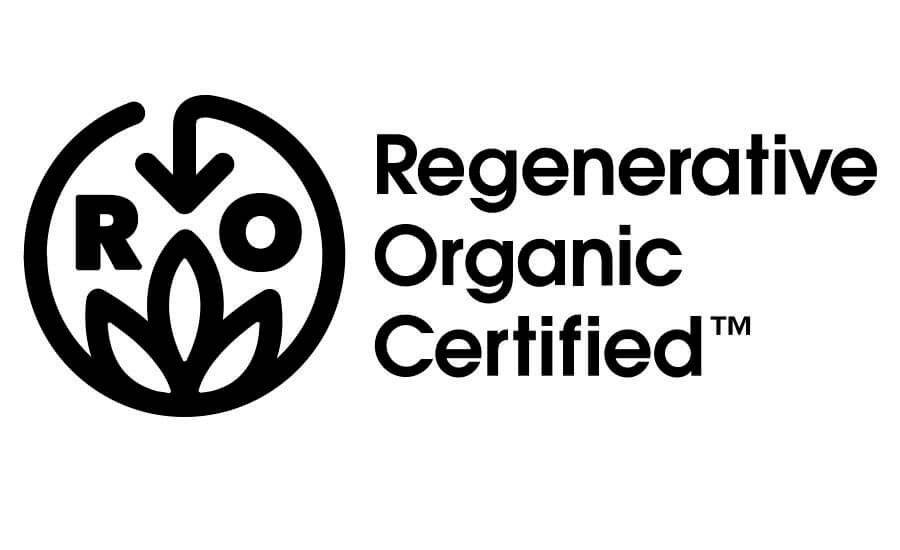Regenerative Agriculture
What is it?
A focus on farming the soil is what makes regenerative agriculture different from other agricultural practices. Instead of removing organic matter and carbon from the soil, like the effects of current industrial agricultural systems, regenerative agriculture seeks to build soil fertility and biodiversity using methods passed down through generations from various people groups across the world.
Main Goals
Increase organic matter in the soil
Increase carbon in the soil
Increase biodiversity
Increase yield and access to nutritous food
Provide kind and proper animal care
Provide for human needs (food, habitat, medicine)
Work in harmony with nature
*Regenerative agriculture also has the ability to increase soil fertility and diversity, increase water retention, increase resistance to drought, floods, temperature variations and pests, reduce feed for animals, reduce resource inputs, and return vibrancy to communities.
Principles of Regenerative Agriculture
Regenerative Agriculture shifts the narrative from our current agricultural model of several separate systems to one holistic system where wildlife, perennial and native plants, and livestock form symbiotic relationships to create abundant soil life, nutrient-dense food, and provide a necessary healthy ecosystem.
No-Till / Low-Till
Today, most agricultural systems recommed tilling as a way to prepare the soil for planting and reduce weed pressure. However, this inadvertantly releases carbon into the air, facilitates topsoil erosion, and disrupts the soil structure and bacteria, fungi and creatures that provide nutrients to the plants, process dead plant matter, and allow for proper water retention and drought resilience.
By limiting the amount of tilling, or stopping it all together, the soil has the chance to create stability, build up life and provide essential ecosystem services which, in turn, increase yields, increase nutrient-density of crops, decrease need for fertilizers, decrease need for heavy machinery, reduced water use and soil erosion. Over time, top soil is built up and soil organic matter (SOM) and soil organic carbon (SOC) are built up and stored.
If you’d like to know more, check out the article on Resilience.org or head to the Rodale Institute for specific resources.
Cover-Cropping
Keeping living roots in the soil at all times is a key aspect of regenerative agriculture. Exposed bare soil is vulnerable to the elements, because without any structure to hold it in place, wind and rain pull it away from the farm. Often, it enters waterways where the sediment, and associated herbicides and fertilizers, can contaminate lakes, rivers and oceans. This process leads to its own set off issues. Intense top soil erosion is threatening near-future food supply.
Planting cover crops, such as buckwheat and oats, around cash-crop seasons, maintains soil stability and resilience. By extension, it reduces weed pressure, increases organic matter, and continues to cultivate the living organisms necessary for healthy crops.
To learn more about soil erosion and solutions, look to this article from the BBC. Learn more about cover-crops from the Rodale Institute.
Crop Diversity
Most agricultural land in the United States is filled with corn and soybeans. Crop diversity is needed for healthy soil life and healthy ecosystems in general. Increasing diversity of plants on a farm decreases the need for pesticides and fertilizers, and increases economic stability for farmers, among many other benefits.
Learn more about biodiversity at the Rodale Institute.
Animal Integration
Animal integration is one of the biggest components that makes regenerative agriculture as effective as it is. In our modern-day system, all of our commodities (grains, vegetables, laying hens, dairy-animals, and meat animals) are separated from each other. This can lead to very harmful ecosystem effects, such as ponds full of cow manure from factory farms which emit large amounts of methane into the atmosphere (much more intense than CO2).
Putting animals back into cropping systems not only improves their quality of life to a great extent, it also restores the natural and beneficial relationships between the soil, crops and grazing animals. Markers of success, such as yield, nutrient-density, animal health and land resilience are often greatly enhanced when animals enter the system.
Learn more about livestock integration through the Rodale Institute.
Holistic Animal Grazing
When animals are added back on the land as part of a regenerative agricultural design, holistic grazing is often introduced. In nature, prey animals, which are usually herbivorous, stay together in small areas so they are better protected from predators. They eat the grasses or other native plants and move on so as not to be sitting ducks for the predators. Holistic grazing mimics this natural relationship by “mob grazing” or “rotationally grazing” livestock.
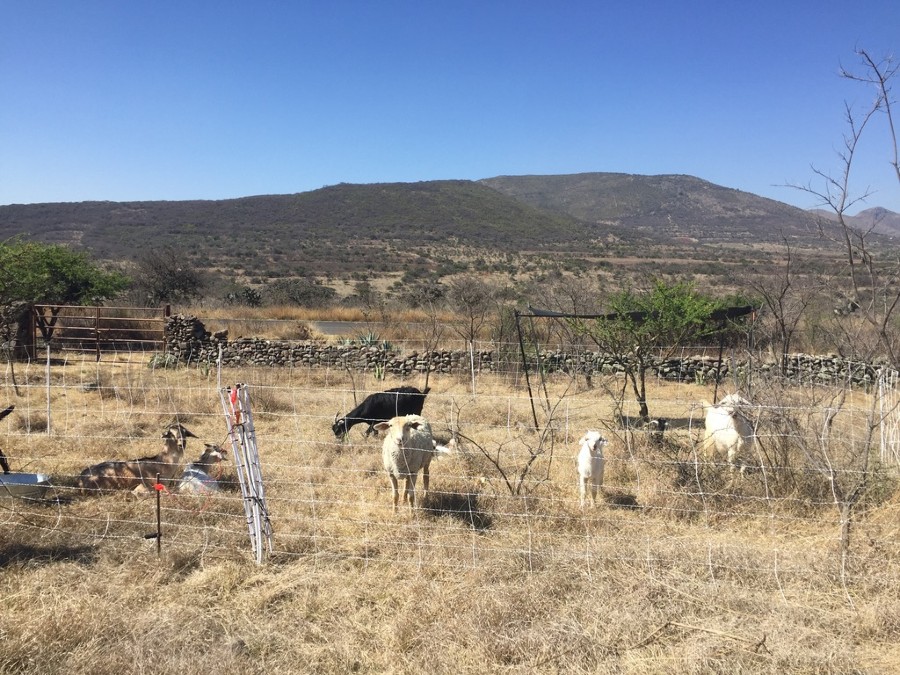
Essentially, farmers graze goats, pigs, cows or other livestock in small areas until a suitable amount of biomass has been eaten. The animals are then led to the next area. The first paddock is now inundated with nutrient-rich urine and manure which will add fertility to the soil, the ground has been worked and trampled by the animals’ hooves, seeds are more viable after being process through the animals’ ruminant systems, and the eaten biomass has been stressed in a healthy way, allowing it to recover. All of these animal processes quickly increase the health and regenerative capacity of the land. Once all paddocks have been grazed, the animals return the first and the cycle starts over. Over time, the land increases its soil quality and biomass which, in turn, decreased the need for supplementary animal feed.
It’s important to note that this system of animal agriculture does not contribute to an increase in atmospheric methane, like industrial animal agriculture, because the livestock are eating their natural diet and live within a natural system where their waste becomes a valuable input to the system.
Read more and find holistic management courses from the Savory Institute.
Agroforestry
Although it can take different forms, trees are central to all systems of agroforestry. The main idea is designing or mimicing a natural forest in which different species of edible plants are integrated so that every vertical layer of a forest is present. Because of the efficient use of space this type of land design provides, a large amount and variety of food can be produced. It also increases habitats for wild animals, naturally cutting down on pests, and allows for an abundance of forage for grazing animals. When livestock are introduced to agroforestry systems, it is called silvopasture.
In addition to increased yields and wildlife habitat, potential agroforestry benefits include reduced use of fertilizers (because the variety of plants provide enough nutrients in the soil), economic stability for farmers (because the high variety of crops provide a degree of resiliency to pests and poor weather), and carbon sequestration (due to high amounts of photosynthesis and grazing animals).
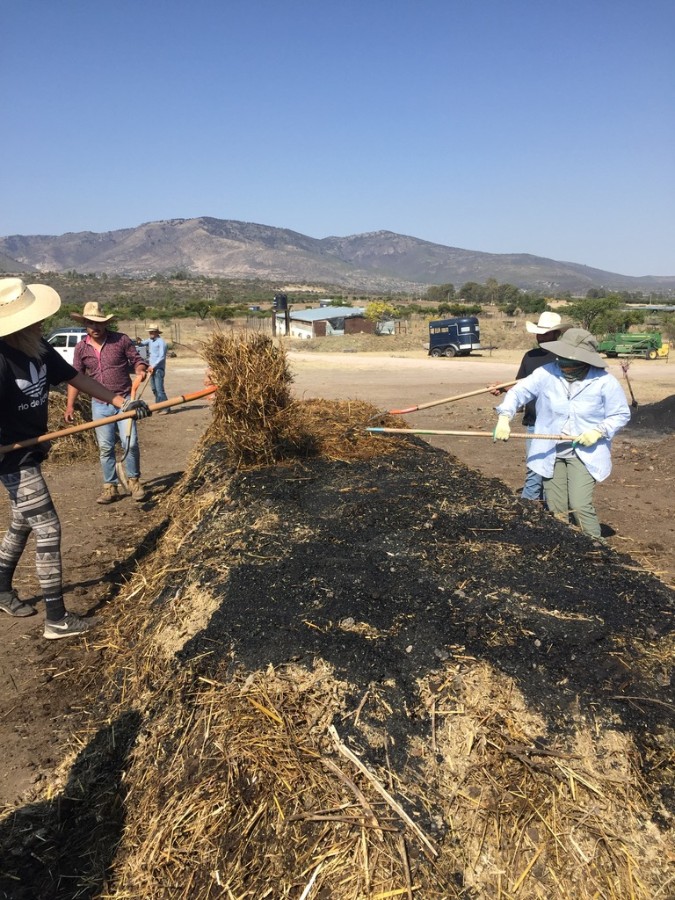
For an example of agroforestry with large livestock, check out New Forest Farm, run by Mark Shepard. For an example of agroforestry with poultry, check out Regeneration Farms who coined the term “Tree-Range Chicken”.
Find a wealth of information at World Agroforestry.
Compost
In regenerative agriculture, compost plays an important role in adding straight organic matter to the soil. Doing so not only provides necessary nutrients to the crops, it also increases soil biodiversity by adding bacteria and fungi, adds structure to the soil improving stability, and improves water retention.
Compost is made from leftover food scraps like carrot tops and cheese, as well as other natural substances like cardboard and leaves. When sent to a landfill, these organic materials end up emitting methane, which is 23x more potent and toxic than CO2 for the atmostphere. When they’re composted, however, they are turned back into useful biomass and help sink atmospheric carbon in the soil.
For a brief summary of composting on a regenerative ranch, check out the summary post from the Ecosystem Restoration Camp at Vía Orgánica Ranch in Mexico.
Learn more about compost from Green America, or the Rodale Institute.
Perennial
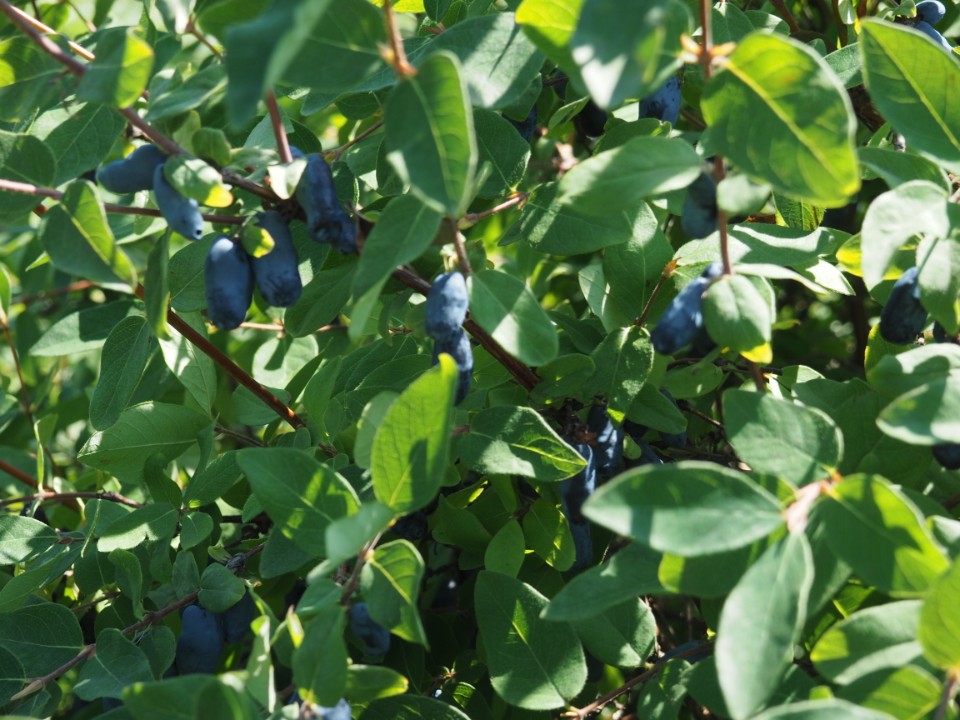
Implementing perennial plants is central to the work of regenerative agriculture, because it guarantees living roots in the soil all year round. Roots of perennial plants are much deeper than annuals, meaning they provide more stability, water retention and carbon storage, as well as having access to nutrients held deeper in the soil. Perennial systems are also the main component of agroforestry designs, for example, fruit and nut trees, and berry bushes. It requires much fewer inputs and resources overall and over time.
Annual plants are not necessarily negative. Most of the vegetables and produce we eat are annuals. However, shifting diets and agricultural to more perennial dependent prevents the soil disruption associated with annuals and in return, helps to preserve the precious life and stability of the soil.
Learn more about perennial crops from Green America and the Land Institute.
How to Support Regenerative Agriculture
Key terms to look for when shopping:
Pasture-raised
Grass-fed
Rotationally-grazed
Regeneratively grown
Biodynamic
Certified Organic*
*Although certified organic produce doesn’t mean regeneratively-grown, it does signify it has been grown without the same harmful chemicals found on non-organic produce
Download the detailed
free purchasing guide
from Kiss the Ground.
Where to Find Regenerative Farms Nearby
If you are located in the United States, this map by Regeneration International will show you all the regenerative farms closest to you. In the search area, you can filter for a specific product, keyword, or distance. A description, website and contact information is provided for each farm.
Local Harvest is a great resource for finding farms, farmers’ markets, CSAs (Community Supported Agriculture) and more around your area. To find regenerative farms, just type in “regenerative” in the search bar.
Regenerative Product Companies
Anato’s skin care products embody everything a socially and environmentally conscious person could ask for. First, and foremost, each product is made of 95% edible tree trops and perennial crops. Perennial crops provide more soil stability than annuals, as well as increase water retention and carbon sequestration, and edible tree crops are a main component of agroforestry. All products are beneficial for the skin, organic, Fair-trade, and ethically produced. What’s more, zero plastic is used in the packaging or shipping, and each container is either reusable, recyclable (if needed), or backyard compostable. For every 50 products sold, Anato plants a tree. They also donate a percentage of profits to the non-profit Plastic Tides.
Popular products include the Kelp Forest Face Mask, Ocean Friendly Sunblock, Regenerative Elixir, and Zero Waste Voyager Kit. To purchase products, and learn more about the company, head to their website.
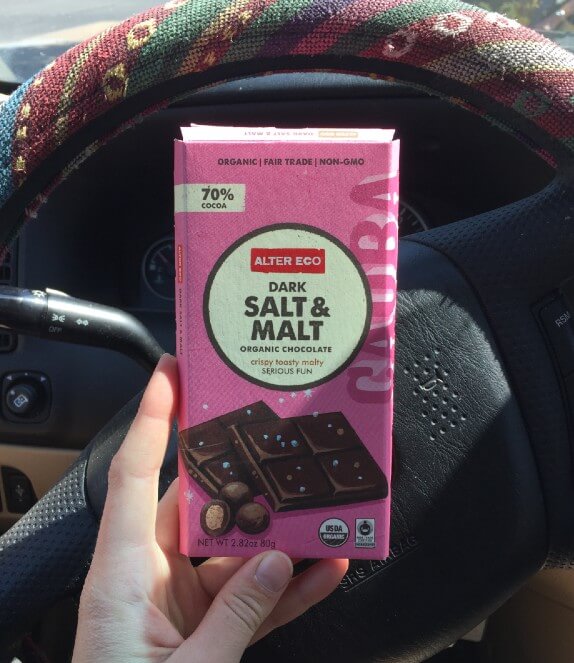
This one’s for chocolate lovers! Most cacao is grown as a monocrop which causes loss of biodiversity in the soil and can increase risk for farmers, as there is only one crop to sustain their income. The cacao that Alter Eco sources is grown in agroforestry systems run by farmer co-ops. This agroforestry set up provides more variety in crops for the farmers, and consequently, more stable income. On top of that, it is certified organic.
What’s more, every year, Alter Eco plants enough trees to makeup for 100% of their carbon expenditure. And did I mention most of their packacging is compostable? Win-win-win.
Sol Simple is one of the first companies to receive the Regenerative Organic Certification, which illustrates their dedication to soil health, animal welfare and fair working conditions. Sol Simple is farmer focused and they claim to know the name of every farmer they work with and can trace every bite of fruit to its source.
Using agroforestry techniques such as intercropping, composting and no or low-tilling, Sol Simple grows nutrient-rich several different fruits. Sold dried, they are available in retail stores throughout the US as well as on Amazon.
Besides providing healthy coffee supplemented with mushrooms (known to have many health benefits and take the edge off the caffeine), Inlands sources coffee grown with regenerative techniques. In addition, farmers are paid above living wage and work in healthy conditions. They are one of the first coffee companies in the world to use truly compostable packaging, work to reduce their packaging and shipping needs, and buy carbon offsets to address their resulting footprint.
To shop, head to their website.
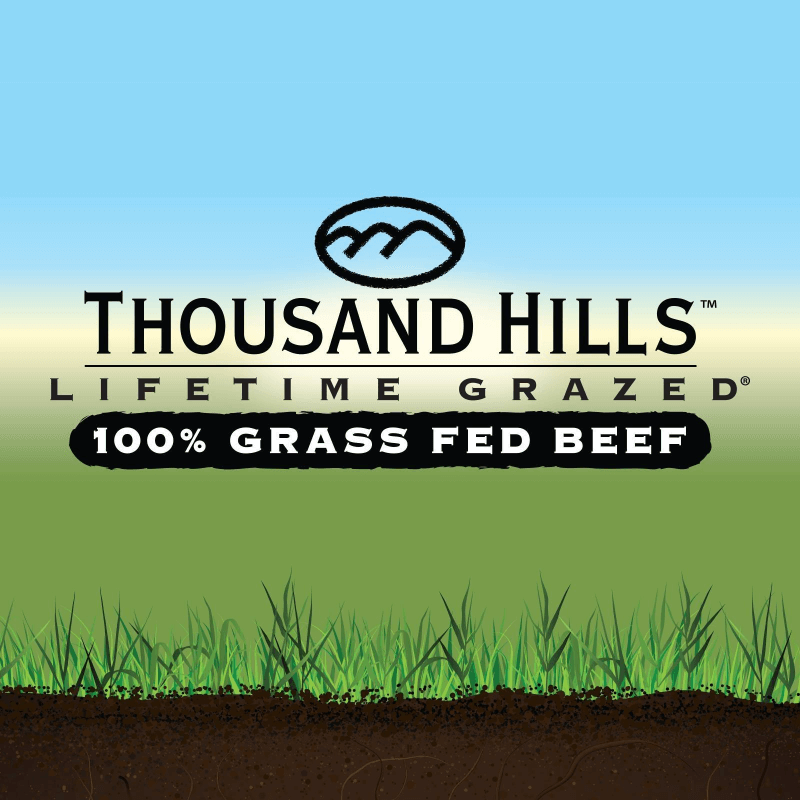
The mission of this meat company is to “Nourish soil, plants, cattle, and people by holistically grazing cattle for their lifetime.” Thousand Hills Lifetime Grazed sources their cattle from rural regenerative growers across the United States and works to distribute their products within their region of origin. Currently, through their network of “Regenerative Renegade Ranchers” they are regeneratively grazing 600,000 acres. Their goal, by the end of 2025, is to convert 2,000,000 acres of conventional agricultural land to regenerative.
You can find their products at grocery stores around the US, or online. Use their product locator for specific locations.
Their website also includes a wealth of information on regenerative agriculture.
Non-Profits for Regenerative Agriculture
Founded in 2015 “to reverse global warming and end world hunger by facilitating and accelerating the global transition to regenerative agriculture and land management,” Regeneration International has over 250 international partners and alliances with regenerative grassroots movements all over the world.
Ecosystem Restoration Camps works to restore degraded pieces of land all over the globe through camp-like experiences. Working with organizations, farmers, communities, and experts, they create a plan to regenerate land that is void of its full potential of biodiversity and life. Through the work of the camps, land becomes teeming with life and once again provides food and materials to local communities.
Inspired by this endeavor? The best thing to do is become a monthly member starting at just a few euros per month. I will make a huge difference in the extent of the work they’re able to do.
If you’re interested in participating in a camp experience, you can also find that here.
Dedicated to furthering the movement of healthy soil, Kiss the Ground has developed programs to teach regenerative techniques for businesses, gardeners, and farmers, produced a weekly podcast around regenerative conversations, created a grant program to help farmers transition to regenerative practices, written a book on how the food we eat ultimately can save our world, and so much more.
Support their amazing work by becoming a member starting at just $1 per month and get access to member-only live web series on regenerative living.
Opportunities
If you want hands-on experience in regenerative agriculture, the following are great resources to check out.
In exchange for 4-6 hours of work per day, 5-6 days per week, you can live on a farm anywhere in the world and receive food and accommodation through Worldwide Opportunities on Organic Farms, commonly known as WWOOF. To become involved, sign up for a membership on the WWOOF website of the country you’d like to visit, and contact a farm that seems to be a good fit.
Overall, most farms do not operate with regenerative techniques yet, but you can use the search function on the “Find a Host” page after becoming a member to find regenerative farms to look into.
If you have more questions about WWOOFing, please let me know. I have WWOOFed in the US, Canada and UK briefly, so I’ll be happy to answer them to the best extent possible.
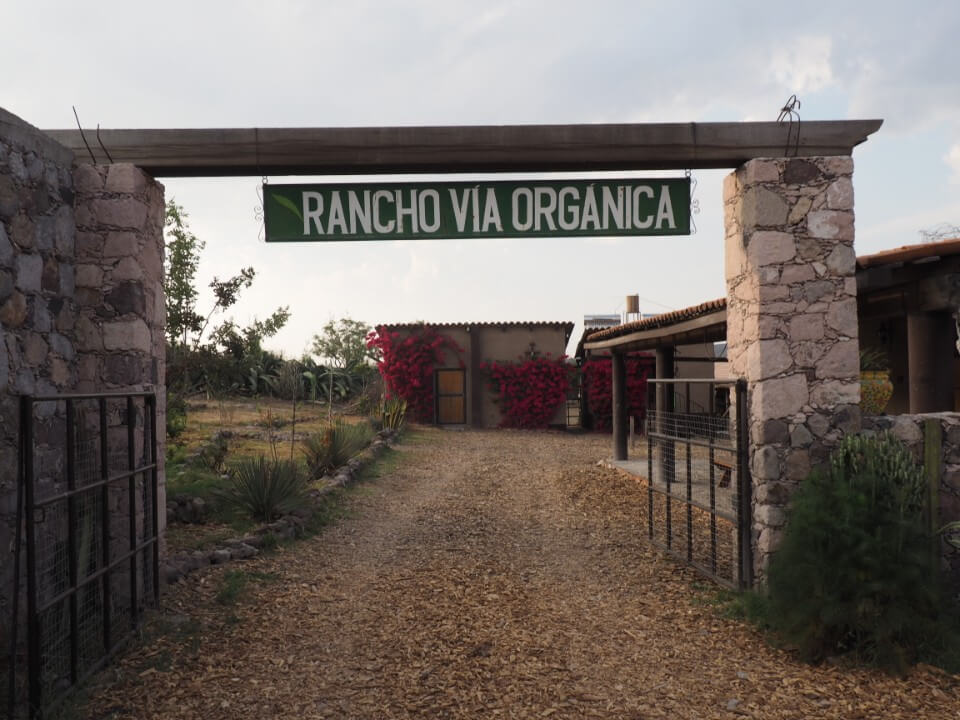
Participate in a camp experience restoring degraded land near you, or somewhere in the world. Find more information and opportunities here.
For a detailed account of some things you may learn at a camp, read the summary from my time learning and volunteering at the Vía Orgánica Regenerative Ranch in Mexico, with Ecosystem Restoration Camps.
If you’re all in and really want an accredited education, Maharishi International University is the first university offering a Bachelor of Arts in Regenerative Organic Agriculture. Their program involves lessons in regenerative techniques, hands-on experience on their 16-acre farm, farm-to-market skills, earning a Permaculture Design Certificate, Transcendental Meditation, and a 3-month farm internship. Located in Fairfield, Iowa in the United States.
Further Learning:
Pioneer in organic farming and research. Their website is full of helpful information on organic farming practices, current issues, research trials, training programs, webinars and more.
The new “beyond organic” certification is the Regeneratic Organic Certified, which requires strict standards for soil health, animal welfare, and social wellness, in order to be granted to a farm or regenerative enterprise. Head to their website for more information on what each pillar requires.
The resource library on Kiss the Ground’s website, probably has the answer to every question you can think of. Their science section includes helpful videos and articles for as much deep dive as you’re looking for. They also offer an amazingly detailed and helpful purchasing guide that explains the questions to think about and steps to take in order to support a regenerative food system with your wallet.
The Ecosystem Restoration Design Course is a collaboration between Ecosystem Restoration Camps and Gaia Education. The course lasts 6 months, and has 5 modules: Restoring Natural Zones, Restoring Agricultural Zones, Restoring Urban Zones, Regenerative Business Models, and the Practical Assessment in which you create your own restoration plan. Each week there is a different topic taught by an expert in ecosystem restoration. The next course will start January 18th, 2021. There is a 30% discount for Ecosystem Restoration Camp members.
I am currently in the middle of this course, so let me know if you want a participant’s perspective. Head to their website with any other questions!
Regenerative Media
Documentaries
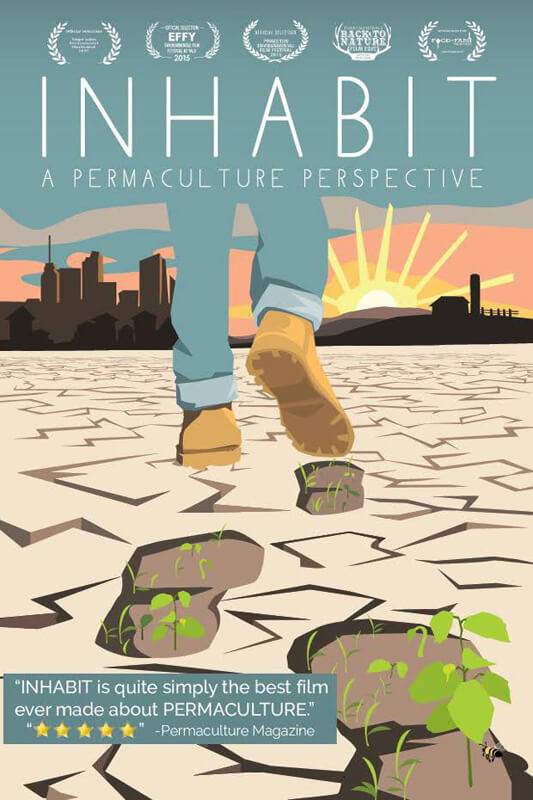
The film that first sparked my interest in permaculture and regenerative agriculture. Beautifully displays the reality and potential of permaculture in America through interviews with established regenerative farmers.
Chronicles an eight-year period as a couple sets up their new farm to work in harmony with nature.

